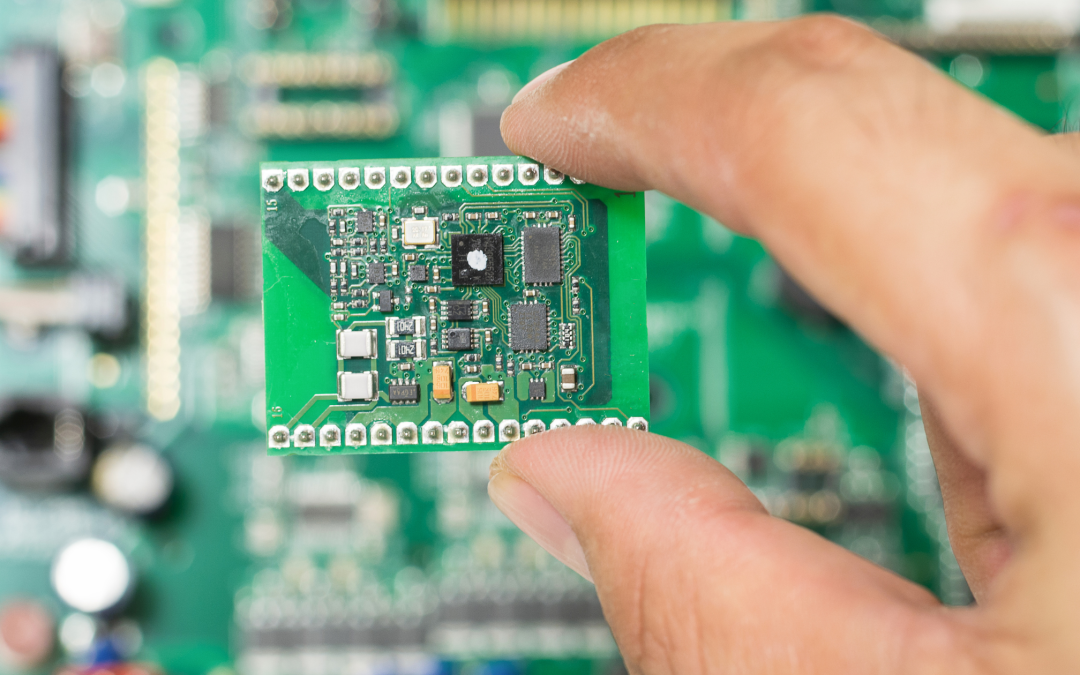Printed circuit boards (PCBs) are the core of nearly every modern electronic device—from smartphones and laptops to medical equipment and industrial systems. But behind every functioning PCB is a carefully executed series of PCB assembly processes that bring the board to life.
If you’re wondering what these processes are and how they differ, this guide will walk you through the most common types of PCB assembly processes and explain when and why each is used.
What Is PCB Assembly?
Before diving into the types of PCB assembly processes, it’s important to understand what PCB assembly entails. PCB assembly (also known as PCBA) refers to the process of attaching electronic components to a blank printed circuit board using soldering techniques.
Without a reliable assembly process, even a perfectly designed board will fail to function. That’s why selecting the right method is key to performance, cost, and reliability.
Surface Mount Technology (SMT) Assembly
Surface Mount Technology (SMT) is the most widely used of all PCB assembly processes. It involves placing components directly onto the surface of the PCB using solder paste and a reflow oven.
Why choose SMT?
- Compact and efficient for high-density designs
- Faster and more cost-effective for large runs
- Widely used in consumer electronics, medical devices, and more
SMT allows for high-speed automated assembly and is ideal for miniaturized components.
Through-Hole Assembly
Through-hole assembly is a traditional method where component leads are inserted through pre-drilled holes in the PCB and soldered on the opposite side. Though it’s been largely replaced by SMT, through-hole is still useful for components that require strong mechanical bonds.
Best for:
- Connectors, transformers, and large capacitors
- Industrial and high-power applications
- Environments with high mechanical stress
While slower and more manual, through-hole remains valuable for certain durable designs.
Mixed Technology Assembly
Mixed technology combines SMT and through-hole components on a single PCB. This hybrid method is useful when certain parts aren’t available in surface-mount format or when specific performance needs call for both technologies.
Mixed assembly allows for:
- Greater design flexibility
- Improved cost-performance balance
- Complex builds with unique component requirements
Many advanced industrial and aerospace products rely on this blended approach.
Rigid-Flex PCB Assembly
Rigid-flex PCBs combine rigid and flexible circuit layers into a single design. These processes are ideal for compact devices where space is limited and movement is required.
Applications include:
- Wearable technology
- Aerospace and defense systems
- Medical imaging equipment
This approach reduces the need for connectors and cables, improving reliability and reducing size and weight.
Ball Grid Array (BGA) Assembly
Ball Grid Array (BGA) is a specialized surface-mount packaging used for microprocessors and other integrated circuits. Instead of edge pins, BGA components use tiny solder balls underneath the chip, increasing connection points and improving heat dissipation.
Advantages of BGA:
- High pin density in a small footprint
- Excellent thermal and electrical performance
- Ideal for high-speed and high-power devices
BGA is commonly used in advanced computing and graphics systems.
Why PCB Assembly Processes Matter
Each of these processes serves a specific purpose, and the choice depends on the design complexity, performance requirements, and environment in which the final product will operate.
For compact consumer electronics, SMT is often the best choice. Industrial machinery might demand through-hole or mixed assemblies for added strength and reliability. Rigid-flex and BGA are essential in specialized applications where performance, size, and functionality must all align.
Choosing the Right Process for Success
Understanding the range of available PCB assembly processes allows engineers and designers to make better decisions during product development. The right process ensures not only a functioning product but also one that’s optimized for durability, efficiency, and cost.
At Nova Engineering, we specialize in high-quality PCB assembly using SMT, through-hole, and mixed technologies. With decades of experience and a focus on precision, we help clients build electronics that perform under pressure—no matter the industry or application.


Recent Comments